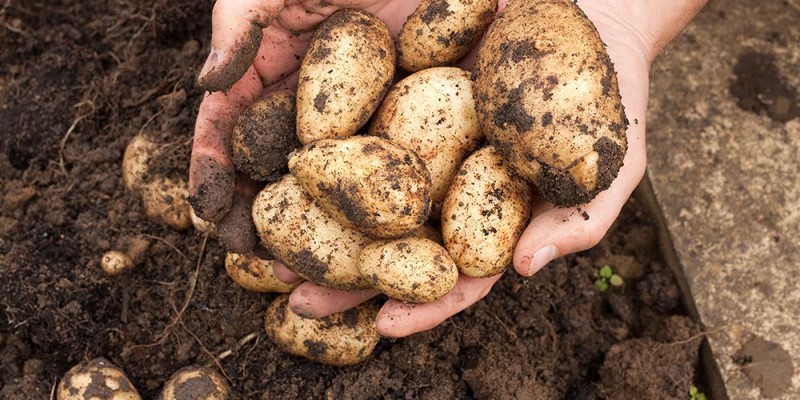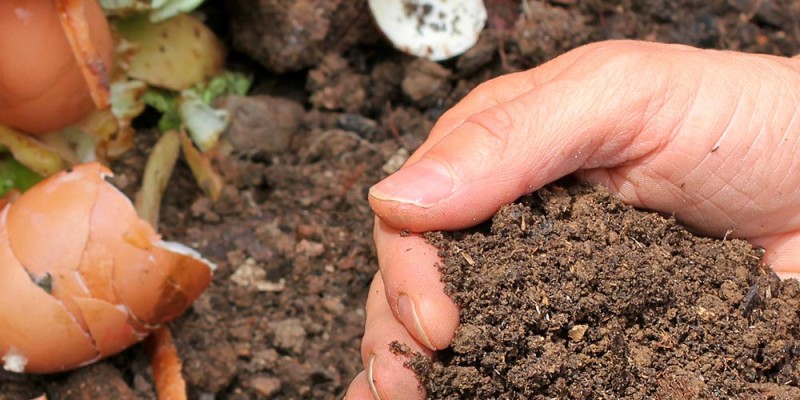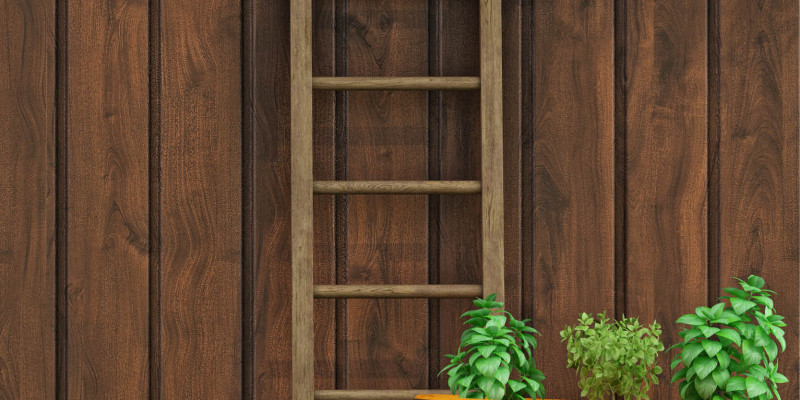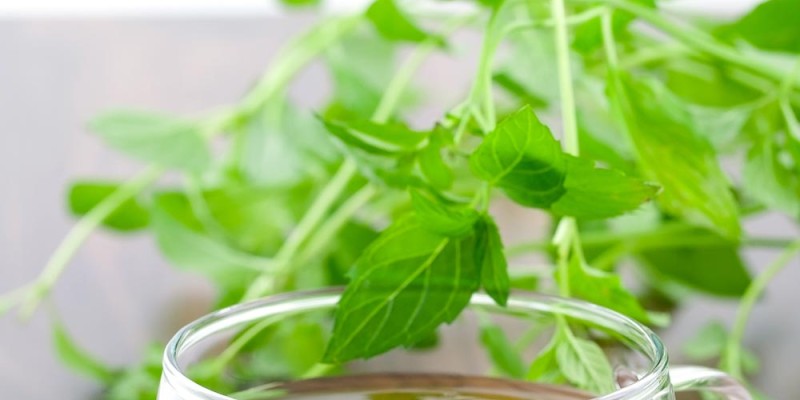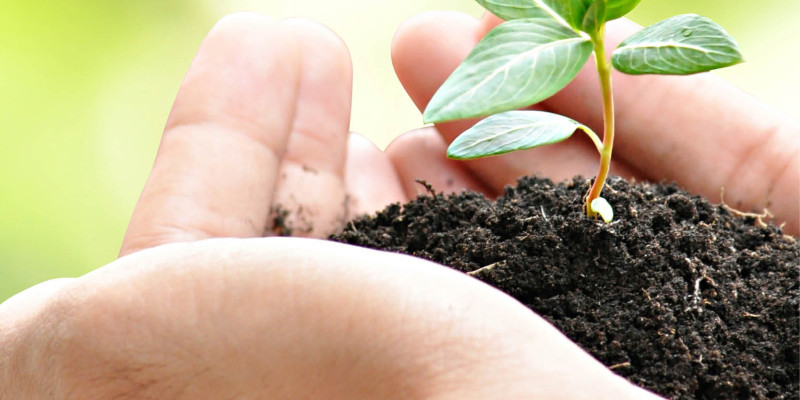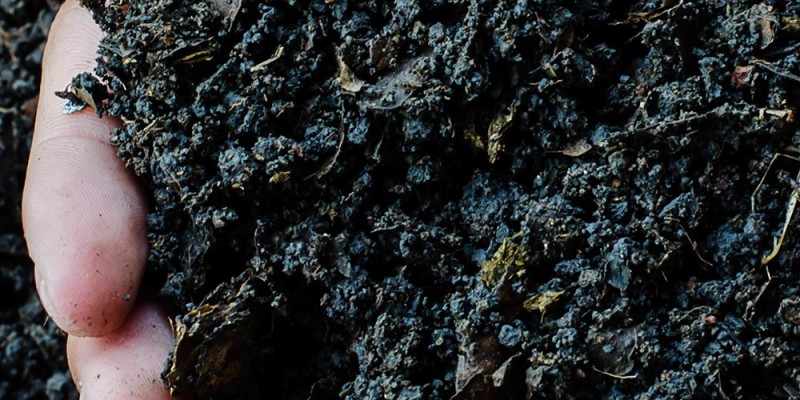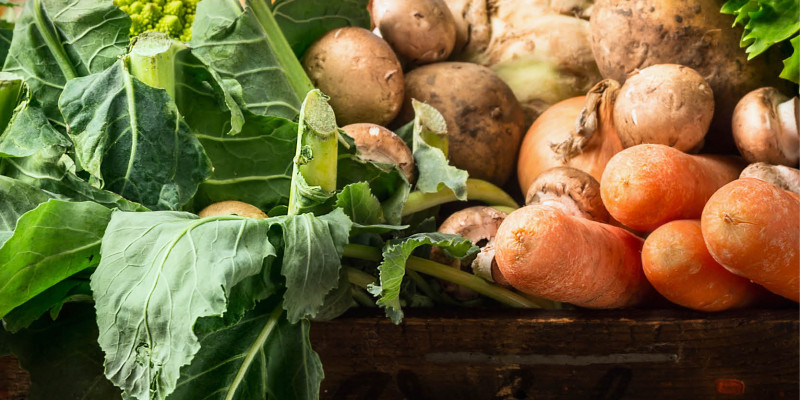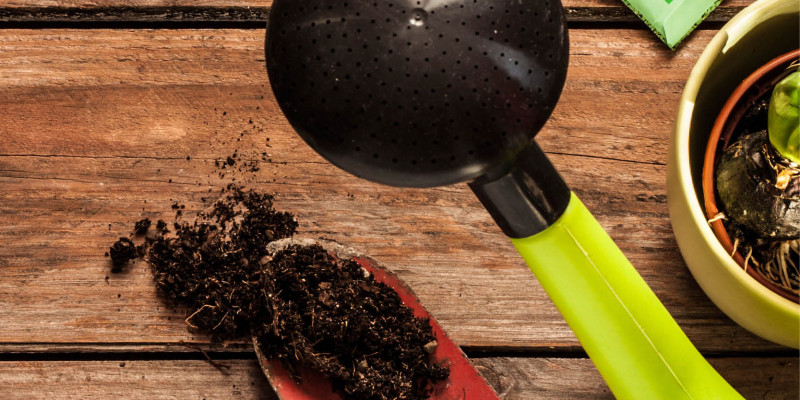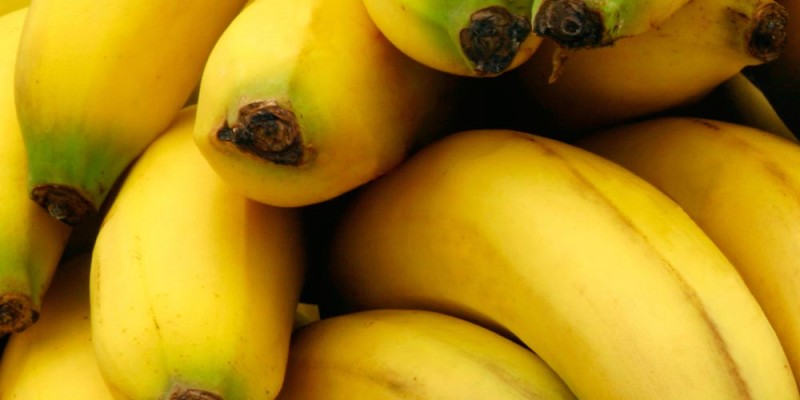Composting worms are the engine that drives the nutrient cycle in my garden. They eat organic material in my garden helping to break it down releasing plant available nutrients, beneficial microbes and plant growth hormone.
The ground freezes in my area often to 2 meters or 7 feet of depth. So how can these worms especially Red Wigglers over winter in my garden?
Today I am going to talk to you about how I over winter red wigglers in my garden so they can continue to drive the nutrient cycle year after year without needing to be re-introduced.
Types of Garden Worms
In order to understand how this is happening we need to know a little bit more about the worms we rely on. In my garden there are two major classes. The native earth worms that have no issue over wintering but reproduce and eat slower and the high powered red wigglers that reproduce quickly and can process far more organic material.
I added some red wiggler worm castings while planting my 2013 garden and I have seen them every year since in my garden.
Red wigglers can tolerate temperatures from 0 Celsius or 32 F to 35 Celsius or 95 F. Meaning that the freezing I get in my zone 3 garden over winter are less than ideal for the Red Wigglers. [1] So how do they overwinter?
I don’t have a constant source of worm castings so It is safe to assume the worms are over wintering. The key may be in how worms reproduce.
Worms reproduce through the use of cocoons which are essentially eggs that hatch multiple worms. cocoons have been shown to sustain temperatures as low as -13.5c or 7f for up to two weeks and -8c or 17f for up to two months.[2] Making it possible with a little help to over winter in the garden.
I do a number of things that may help red wiggler cocoons over winter in my garden.
Providing Red Wigglers with Food
The first thing I do is have food available for them all year. I continue to add free and local resources to the mulch layer and compost areas. Red wigglers are surface feeders and the mulch I provide gives them a constant source of food. Ensuring the worm populations have a constant food source helps keep population numbers high.
Insulating the soil
The next strategy that may help is the cold compost I have in the back corner of my garden. In the fall I add surplus autumn leaves and brewing waste to this corner. The pile provides an insulating layer and food source.
Although the ground in my garden may freeze the insulation properties of the leaves, soil and snow ensure that the soil temperatures do not drop low enough to harm the cocoons. Soil, mulch and snow cover have been shown to insulate the ground reducing the temperature fluctuations when compared to the air temperature.[3]
When I create my hot compost I remove the bulk of leaf mold and cider waste to help inoculate the pile. I always however leave a layer ensuring my slow compost has red wigglers and their cocoons come spring.
Hot compost protection
As I just mentioned I use last year’s slow compost to inoculate my hot compost with bacteria. The pile often gets up to between 45 and 55 celsius (113- 131F) making it too hot for the worms to withstand. The pile does take some time to heat up and as it does the red wigglers migrate out into the surrounding garden or edges of the compost where the temperatures are nicer.
As the pile cools they will migrate in releasing cocoons as they go. The pile will continue to stay warm and slowly cool off over a number of weeks to months helping to get the worms through some of the winter months.
It is important to make my compost piles and mulch the garden early enough in the fall for the worms to still be active. This gives them the time to adapt to the changing situations and lay as many cocoons as possible. Although many red wigglers and their cocoons may die over the winter a large number must survive in my garden to maintain a healthy population.
Paired with the high reproductive rate that can see red wiggler populations double in as little as 30 days these methods seem to be effective at allowing me to over winter red wigglers in my garden.
Summary
These methods are based on my observations and the results may vary. However if it works for me there is a chance that with a small addition of composition worms you too can enjoy the benefits of having red wigglers in your garden. The best part of all is this is it does not cost me anything as I got the worm castings from my brother and the composts are made with free and local resources.
If you would like to learn how to make a simple hot compost from free and local resources check out the link on screen now and make sure to subscribe to catch all future episodes.
[1] Red Wiggler Factshttp://redwigglersupply.ca/worm-facts/
[2] Cold Hardiness of Worm Cocoons
http://link.springer.com/article/10.1007/BF00354083
[3] Insulation properties of soil
http://www.nrcresearchpress.com/doi/pdf/10.4141/cjss76-060
